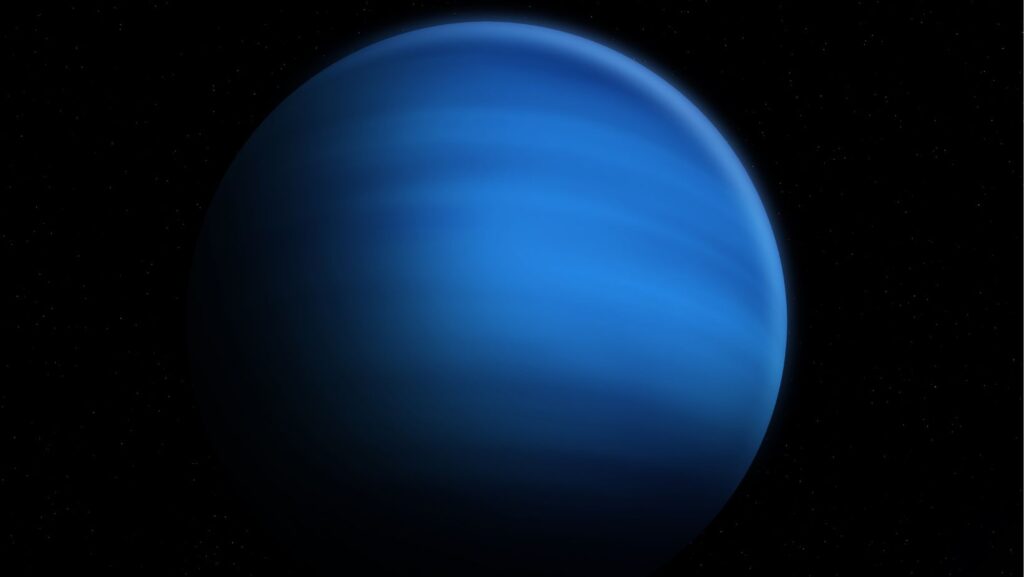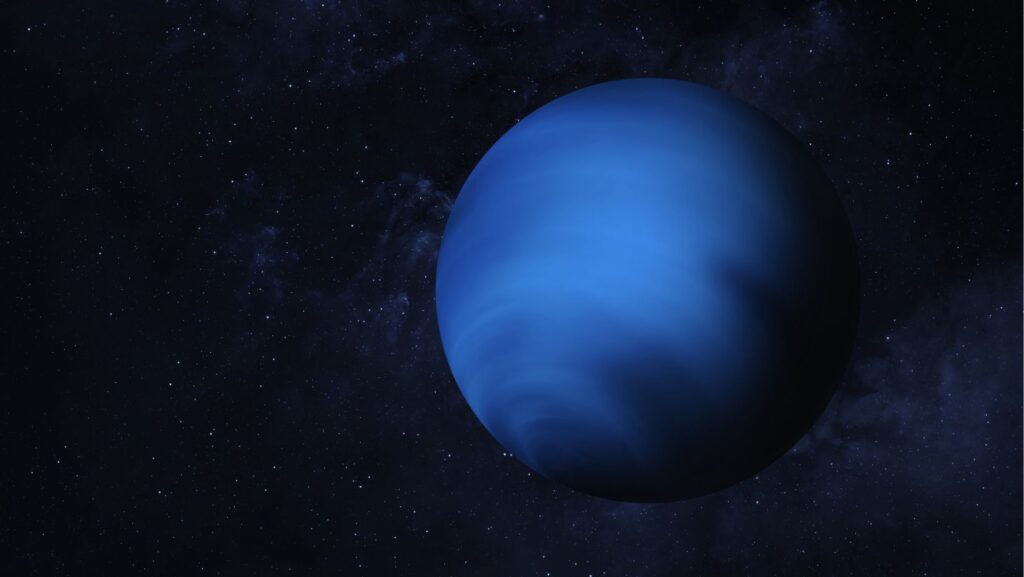Cool:jmx1axhxbsa= Neptune

Neptune, the eighth planet from the Sun, often captivates with its mysterious deep blue hue and swirling storms. As the farthest known planet in our solar system, it’s a world shrouded in intrigue and extreme conditions. This distant giant, named after the Roman god of the sea, boasts a captivating atmosphere and a dynamic climate that have piqued the curiosity of astronomers and space enthusiasts alike.
Despite its frigid temperatures and fierce winds, Neptune holds a wealth of secrets waiting to be uncovered. From its icy composition to its faint rings and intriguing moons, there’s much to explore about this enigmatic planet. As technology advances, scientists continue to unravel Neptune’s mysteries, offering new insights into its formation and the broader workings of our cosmic neighborhood. Dive into the wonders of Neptune and discover what makes this cool, distant planet so fascinating.
Overview Of Cool Neptune
Neptune boasts a distinctive azure hue due to methane in its atmosphere absorbing red light and reflecting blue. This visual appreciation aligns with its status as the windiest planet in the solar system, sustaining speeds up to 1,200 mph. These velocities contribute to its dynamic climate, marked by massive storms like the Great Dark Spot, which span thousands of miles.

Despite its distance from Earth, detailed studies have been conducted since the Voyager 2 flyby in 1989. Data from this mission revealed intriguing insights into its composition. Neptune’s atmosphere comprises hydrogen, helium, water, and methane, layered above an icy mantle made of ammonia, methane ice, and a rock-metal core.
Neptune’s rings, though faint compared to Saturn’s, consist of five known rings primarily made of dust particles and ice, coupled with organic compounds that give them a reddish color. Observations also show Neptune hosts 14 moons, prominently Triton, which orbits in retrograde motion and exhibits geysers spewing nitrogen gas.
Current research continues to evolve, using telescopes like the Hubble Space Telescope and ground-based observatories to refine knowledge about Neptune’s mysteries. These scientific endeavors provide continuous insight into its atmospheres and environments, fortifying our understanding of the giant planet’s role in the cosmic landscape.
Characteristics Of A Cool Neptune
Neptune exhibits fascinating characteristics due to its size and unique atmospheric conditions. These features make it an object of interest for scientific study.
Size And Composition
Neptune’s diameter is approximately 30,598 miles (49,244 kilometers). It’s the fourth-largest planet by diameter yet the third most massive, showcasing a dense structure. The planet consists primarily of hydrogen and helium. Methane contributes to its blue color. An icy mantle surrounds a core of rock and metal, suggesting a distinct composition compared to gas giants like Jupiter.
Atmosphere And Temperature
Neptune’s atmosphere contains hydrogen and helium, with methane creating its iconic deep blue shade. The temperature can plunge to around -373°F (-225°C), making Neptune one of the coldest planets in the solar system. Despite the frigid temperatures, its atmosphere is dynamic and features wind speeds of up to 1,200 mph (2,000 km/h), the fastest in the solar system.
Cool Neptune In The Solar System
Neptune, often referred to as an ice giant, captivates with its striking deep blue appearance and dynamic atmospheric conditions. Its position as the eighth planet and its unique attributes make it a focal point of solar system studies.
Comparison With Other Neptune-Like Planets

Neptune serves as a benchmark for ice giants, which are planets with similar physical properties. Uranus, for instance, shares commonalities with Neptune, such as a hydrogen-helium atmosphere. However, Neptune’s winds, reaching up to 1,200 mph, vastly surpass Uranus’ peak speeds of 560 mph. While both have methane present in their atmospheres, contributing to their blue hues, Neptune’s color appears deeper. This distinction arises from differing atmospheric compositions and the influence of scattered sunlight. By examining these variations, scientists gain insights into atmospheric dynamics and composition across similar planetary bodies in our galaxy and beyond.
Neptune continues to captivate with its mesmerizing azure beauty and dynamic atmosphere. Its extreme conditions and intriguing features make it a focal point for astronomers and space enthusiasts alike. As exploration efforts advance, Neptune’s secrets, from its powerful winds to its mysterious rings and moons, offer a wealth of knowledge waiting to be uncovered.

